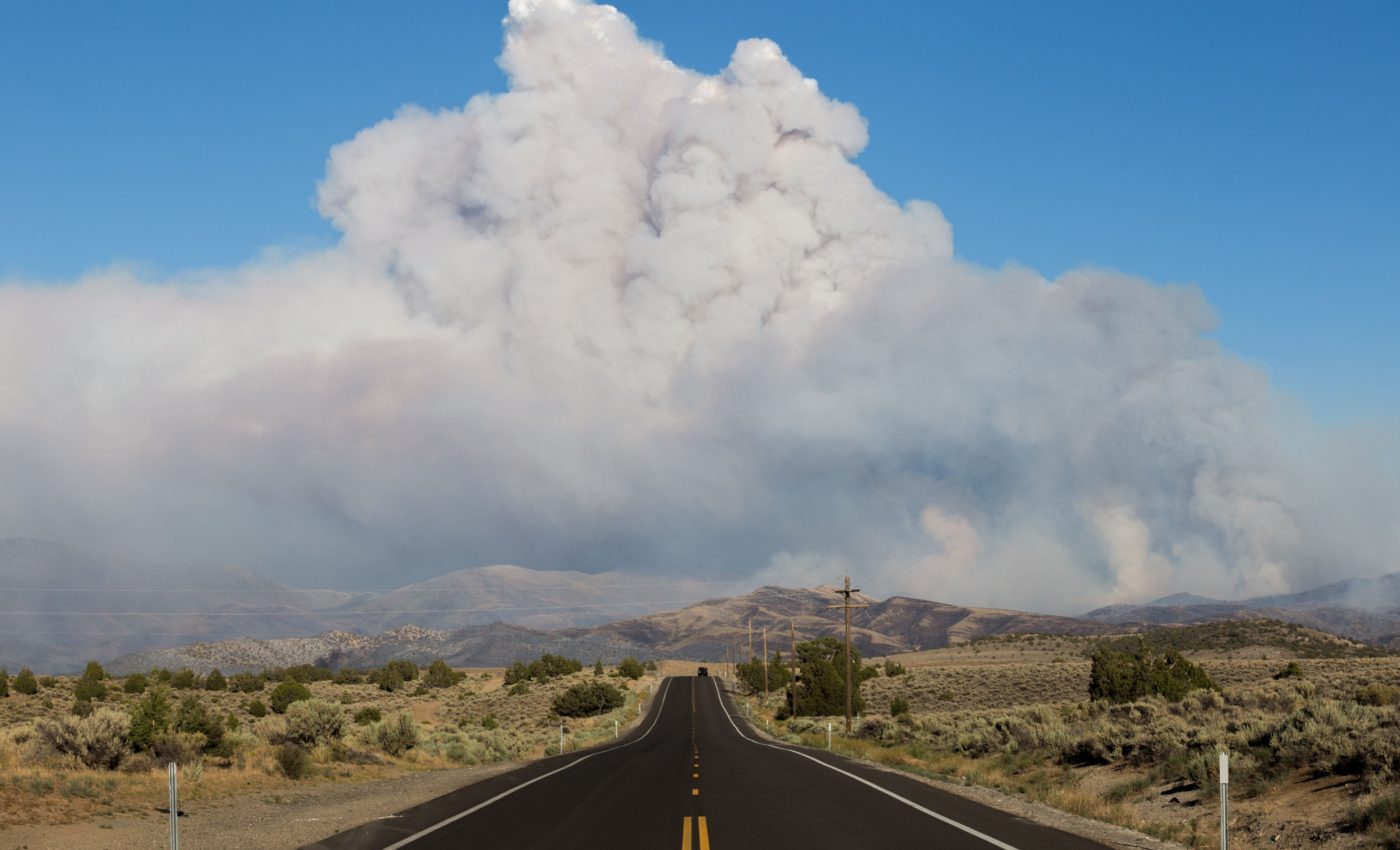
Wildfires are changing the quality of our air
Wildfires are no longer rare. They’re bigger, more frequent, and far more destructive – especially in the Western United States.
But the flames themselves aren’t the only danger. The smoke they leave behind is also devastating. It fills the skies and slips into our lungs.
Scientists have been working to understand how these smoky days are changing the air we breathe, affecting our health, and even influencing the weather.
A new study from scientists at the Desert Research Institute (DRI) in Nevada takes a closer look at what’s in wildfire smoke and how it impacts people and the environment.
The research was recently published after a detailed 19-month investigation of air quality in Reno, Nevada, spanning both clear and smoky days between 2017 and 2020.
Reno’s air under the microscope
Over the course of the study, Reno was affected by smoke from more than 100 wildfires.
The researchers found that on smoky days, there was a major increase in carbon monoxide and fine aerosols – known as PM2.5. These particles and gases don’t just float in the air. They’re small enough to travel deep into our lungs and affect how we breathe.
“We know that Reno is frequently impacted by wildfires in summer, so we wanted to compare smoky and non-smoky days and measure the impacts on local air quality,” said Kristine Lu, who completed the research as part of her Ph.D. work.
“Although we focused on Reno for this study, we developed the method so that it can theoretically be applied anywhere.”
To capture the data, the team set up equipment on the rooftop of DRI’s Reno campus. These instruments measured the size of airborne particles.
That size matters – not just for visibility, but for how the particles affect the body. Larger particles tend to irritate the nose and throat, while fine aerosols go deeper and reach the lungs.
High-tech tools behind wildfire tracking
In addition to the rooftop setup, the team used an EPA monitoring station in downtown Reno that provided hourly updates on levels of air pollutants such as PM2.5, ozone, and carbon monoxide.
The station also measured potassium, a key marker released when trees and wood burn, which makes it a useful fingerprint for wildfire smoke.
The researchers confirmed the presence of smoke with satellite images and fire location data from NASA and NOAA.
Using a NOAA wind-tracking tool, they were even able to trace the winds backward to see if they had passed through a fire zone before reaching Reno.
Wildfire smoke and the weather puzzle
What’s in the smoke also matters for weather. Some aerosols reflect sunlight and cool the atmosphere. Others, like soot, absorb heat and contribute to warming.
The size of the particles also plays a role in cloud behavior. Larger particles help water vapor condense, forming clouds. On smoky days, Reno’s air had as much as 13 times more cloud-forming particles than usual.
“We figured out that the size of particles is quite distinct during fires from a normal day in Reno, which has implications for cloud formation and how sunlight scatters, as well as public health,” said Dr. Andrei Khlystov, research professor of chemistry at DRI.
Carbon monoxide was also found in higher amounts during wildfire events. This gas can interfere with how oxygen moves through the bloodstream, making it harder for the body to get the oxygen it needs – especially to the brain and other vital organs.
Not all pollutants spike with smoke
Interestingly, the study showed that nitrogen oxides and ozone levels didn’t change much between smoky and non-smoky days. This is likely because these pollutants are also caused by everyday vehicle emissions and interactions with sunlight, not just by wildfires.
“Our research offers one of the most comprehensive looks at how wildfire smoke is affecting air quality in the Western U.S.,” Lu said.
Smarter tools for cleaner air
Lu is now developing a machine-learning tool that can detect wildfire smoke in real-time. The hope is to create an app that can automatically identify when smoke is in the air and provide up-to-date health alerts.
This could help improve how we study air quality and how we communicate with the public when the air becomes unsafe.
As wildfires continue to reshape the landscape, studies like this show how the smoke is changing more than just the view – it’s changing our health and our skies in ways we’re only just beginning to understand.
The full study was published in the journal Environmental Science Atmospheres.
Photo credit: Trevor Bexton
—–
Like what you read? Subscribe to our newsletter for engaging articles, exclusive content, and the latest updates.
Check us out on EarthSnap, a free app brought to you by Eric Ralls and Earth.com.
—–













